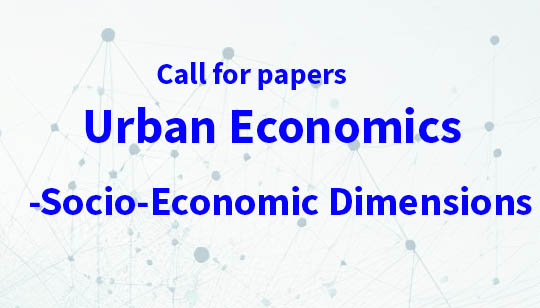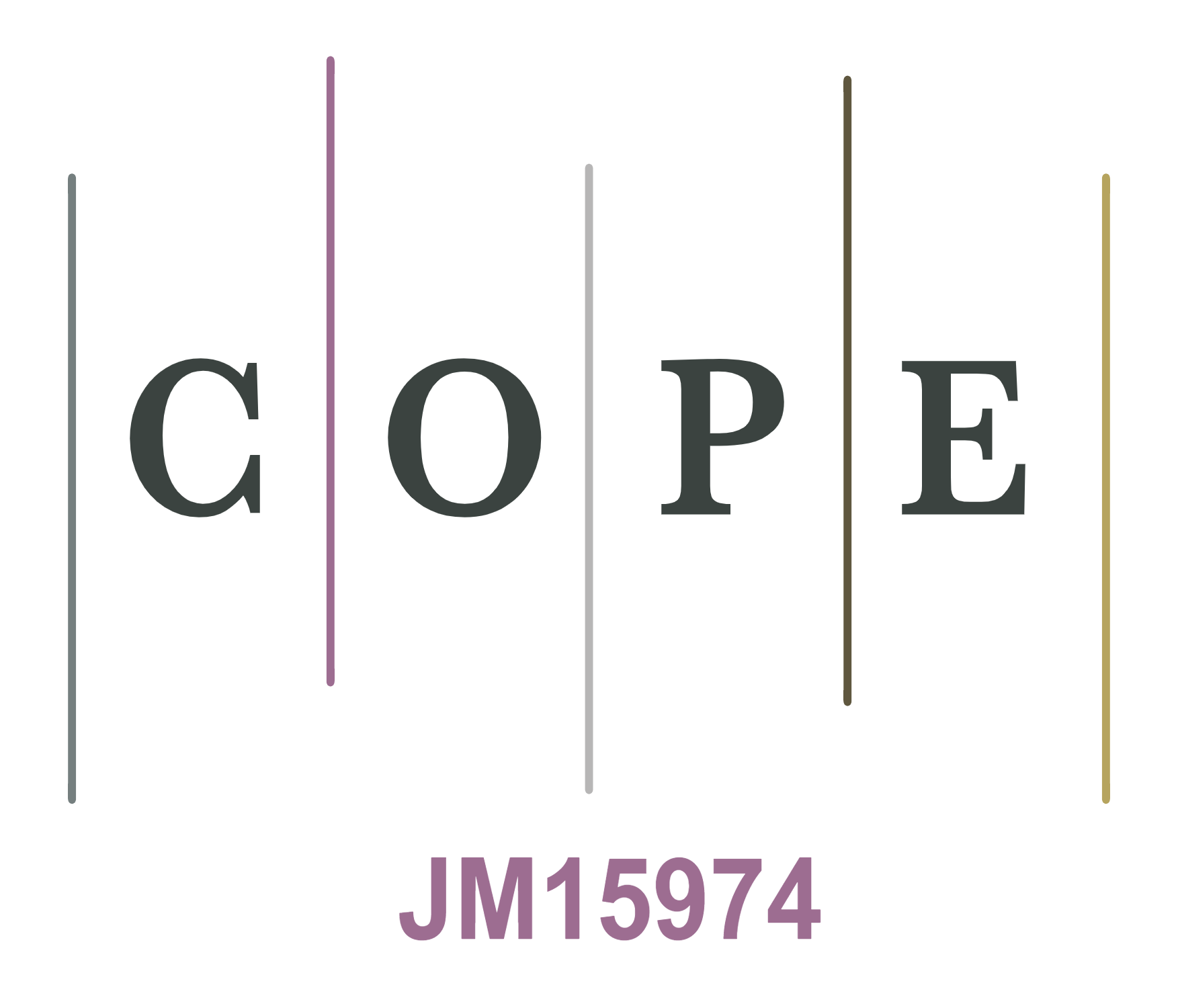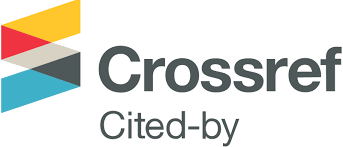Evaluating Urban Heat Island Mitigation Strategies in Rajshahi, Using ENVI-Met: A Remote Sensing Approach
DOI:
https://doi.org/10.25034/ijcua.2024.v8n2-15Keywords:
Urban Heat Island, Mitigation Strategies, Urban Micro-Climate, Simulation, Thermal Comfort, Green Infrastructure, ENVI-met SimulationAbstract
The Urban Heat Island (UHI) effect is a critical environmental challenge in the 21st century, intensified by rapid urbanization and industrialization. This study focuses on Rajshahi, a rapidly urbanizing city in Bangladesh, where the UHI effect has already begun to manifest significantly. Utilizing ENVI-met software, a comprehensive analysis was conducted to evaluate the effectiveness of urban vegetation strategies, such as green roofs and street planting, in mitigating local temperatures and improving outdoor thermal comfort in Rajshahi's Central Business District. The findings reveal that these mitigation strategies can reduce air temperatures by up to 10 Kelvin, providing substantial cooling benefits. This research highlights the importance of integrating green infrastructure into urban planning to combat the UHI effect, enhance sustainability, and improve the overall livability of urban environments. The study offers valuable insights and practical recommendations for urban planners and policymakers, aiming to foster resilient and sustainable urban development in rapidly growing cities like Rajshahi.
Downloads
References
Akbari, H., Pomerantz, M., & Taha, H. (2001). Cool surfaces and shade trees to reduce energy use and improve air quality in urban areas. Solar Energy, 70(3), 295–310. https://doi.org/10.1016/S0038-092X(00)00089-X DOI: https://doi.org/10.1016/S0038-092X(00)00089-X
Al Kafy, A., Al-Faisal, A., Mahmudul Hasan, M., Sikdar, M. S., Hasan Khan, M. H., Rahman, M., & Islam, R. (2020). Impact of LULC Changes on LST in Rajshahi District of Bangladesh: A Remote Sensing Approach. Journal of Geographical Studies, 3(1), 11–23. https://doi.org/10.21523/gcj5.19030102 DOI: https://doi.org/10.21523/gcj5.19030102
Anwar, S. F. (2020). Population density and socioeconomic growth: Case of Bangladesh. Journal of Business Administration, 41(2), 1-14.
Asaduzzaman, M., & Hameem, S. (2021). Measuring affordability of the middle income group for residential house price in the real estate sector of Rajshahi, Bangladesh. American Scientific Research Journal for Engineering, Technology, and Sciences (ASRJETS), 82(1), 1-10.
Ashma, S., Ahmadul, H., Sanne, H., Towhidul, I., & Ramiz, K. (2022). Identification of heat threshold and heat hotspots in Rajshahi in Bangladesh. International Development Research Centre. http://hdl.handle.net/10625/61354
Berardi, U., GhaffarianHoseini, A. H., & GhaffarianHoseini, A. (2014). State-of-the-art analysis of the environmental benefits of green roofs. Applied Energy, 115, 411–428. https://doi.org/10.1016/j.apenergy.2013.10.047 DOI: https://doi.org/10.1016/j.apenergy.2013.10.047
Census, H. (2022). PHC Preliminary Report (English), August 2022. Bangladesh Bureau of Statistics. http://hdl.handle.net/10625/61354
Hameem, S., Siddique, S. A., Rahman, A., & Tarafder, M. B. (2023). Transformations of residential neighborhoods of Rajshahi: The case of Sagarpara and Padma residential areas in Bangladesh. ISVS e-journal, 10(7), 58-67.
Kafy, A. A., Hasan, M. M., Faisal, A. A., Nipun, M. W. H., & Noman, A. (2020). Estimation of urban heat island effect and its impact on climate change: A remote sensing and GIS-based approach in Rajshahi District. SSRN Electronic Journal. https://doi.org/10.2139/ssrn.3681227
Khatun, M. A., Rashid, M. B., & Hygen, H. O. (2016). Climate of Bangladesh. Bangladesh Meteorological Department (BMD) & Norwegian Meteorological Institute (MET Norway). MET Report, 08/2016, 159. [ISSN 2387-4201]
Kurn, D. M., Bretz, S. E., Huang, B., & Akbari, H. (1994). The potential for reducing urban air temperatures and energy consumption through vegetative cooling. Lawrence Berkeley National Laboratory. https://doi.org/10.2172/10180633 DOI: https://doi.org/10.2172/10180633
Bhuiana, M. H., & Jamei, E. (2024). Urban heat island study in Bangladesh: Key methods and findings, SSRN Electronic Journal. 7(1), 8–12.
Ministry of Home Affairs (MoHA). (2019). Nepal disaster report 2019. Government of Nepal. http://drrportal.gov.np
Nissan, H., Burkart, K., de Perez, E. C., Van Aalst, M., & Mason, S. (2017). Defining and predicting heat waves in Bangladesh. Journal of Applied Meteorology and Climatology, 56(10), 2653–2670. https://doi.org/10.1175/JAMC-D-17-0035.1 DOI: https://doi.org/10.1175/JAMC-D-17-0035.1
Nuruzzaman, M. (2015). Urban heat island: Causes, effects and mitigation measures - A review. International Journal of Environmental Monitoring and Analysis, 3(2), 67-73. https://doi.org/10.11648/j.ijema.20150302.15 DOI: https://doi.org/10.11648/j.ijema.20150302.15
Oberndorfer, E., Lundholm, J., Bass, B., Coffman, R. R., Doshi, H., Dunnett, N., Gaffin, S., Köhler, M., Liu, K. K. Y., & Rowe, B. (2007). Green roofs as urban ecosystems: Ecological structures, functions, and services. BioScience, 57(10), 823–833. https://doi.org/10.1641/B571005 DOI: https://doi.org/10.1641/B571005
Oke, T. R. (1982). The energetic basis of the urban heat island (Symons Memorial Lecture, 20 May 1980). Quarterly Journal of the Royal Meteorological Society, 108(455), 1–24. https://doi.org/10.1002/qj.49710845502 DOI: https://doi.org/10.1002/qj.49710845502
Patil, A. S., & Sood, R. (2021). Mitigation of urban heat island effect through design. Design and Architecture Journal, 12–13. https://doi.org/10.46529/darch.202125 DOI: https://doi.org/10.46529/darch.202106
Rajib, M., et al. (2011). Analyzing the future monthly precipitation pattern in Bangladesh from multi-model projections using both GCM and RCM. In World Environmental and Water Resources Congress 2011: Bearing Knowledge for Sustainability - Proceedings of the 2011 World Environmental and Water Resources Congress (pp. 3843–3851). https://doi.org/10.1061/41173(414)402 DOI: https://doi.org/10.1061/41173(414)402
Shahid, S., Wang, X. J., Harun, S. Bin, Shamsudin, S. B., Ismail, T., & Minhans, A. (2016). Climate variability and changes in the major cities of Bangladesh: observations, possible impacts and adaptation. Regional Environmental Change, 16(2), 459–471. https://doi.org/10.1007/s10113-015-0757-6 DOI: https://doi.org/10.1007/s10113-015-0757-6
Tabassum, A., Baten, P., & Rahman, A. (2020). Effects of green roofing treatment on indoor thermal performance of mid-rise residential apartment buildings: A case study of Dhaka, Bangladesh. Journal of Sustainable Construction and Design, 1, 69–84. https://doi.org/10.17501/26731029.2020.1105 DOI: https://doi.org/10.17501/26731029.2020.1105
United Nations (UN). (2017). World urbanization prospects. Jurnal Sains dan Seni ITS, 6(1), 51–66.
Published
Issue
Section
License
Copyright (c) 2024 Nafis Sadat, Hameem Sheikh, Md Asaduzzaman

This work is licensed under a Creative Commons Attribution 4.0 International License.






















